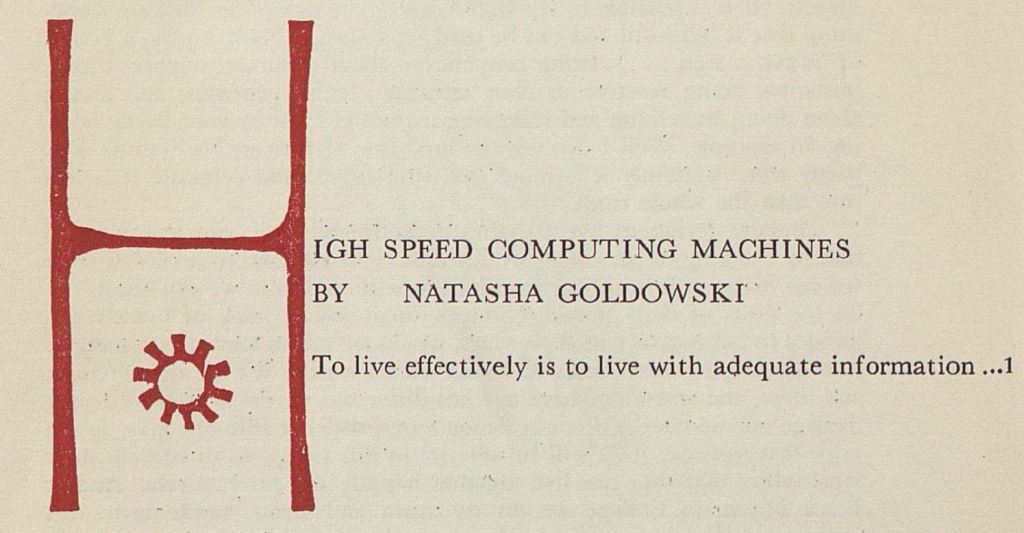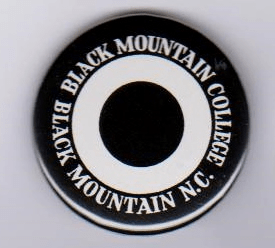
Natasha Goldowski: Science, Cybernetics, and High Speed Computing at Black Mountain College
Elliot Inman
Paper presented at the Black Mountain College ReViewing Conference 2019 held on the campus of UNC-Asheville.
Born in Moscow in 1907, Goldowski earned a Ph.D. in Physics in France but fled the rise of the Nazi regime. She immigrated to the US, taking a job at the University of Chicago and working as scientist on the Manhattan Project. After World War II, with the rise of the Red Scare, she lost her security clearance due to the fact that she was Russian-born. She taught at Princeton and then joined BMC in 1947. Active in professional societies like the American Physics Society, Goldowski brought to BMC some of the most profound scientific ideas of the time.
Using the galley proofs from Norbert Wiener’s book on Cybernetics, she lectured and led a non-credit seminar influencing poets Charles Olson, Robert Creeley, and others. At the same time, in the first issue of The Black Mountain Review, she wrote of high speed computers, long before the ascendance of modern AI: “They can learn, they can invent, they can compute an extraordinary amount of data, and they have an almost unlimited memory. Their behavior is analogous to human behavior…”



You must be logged in to post a comment.